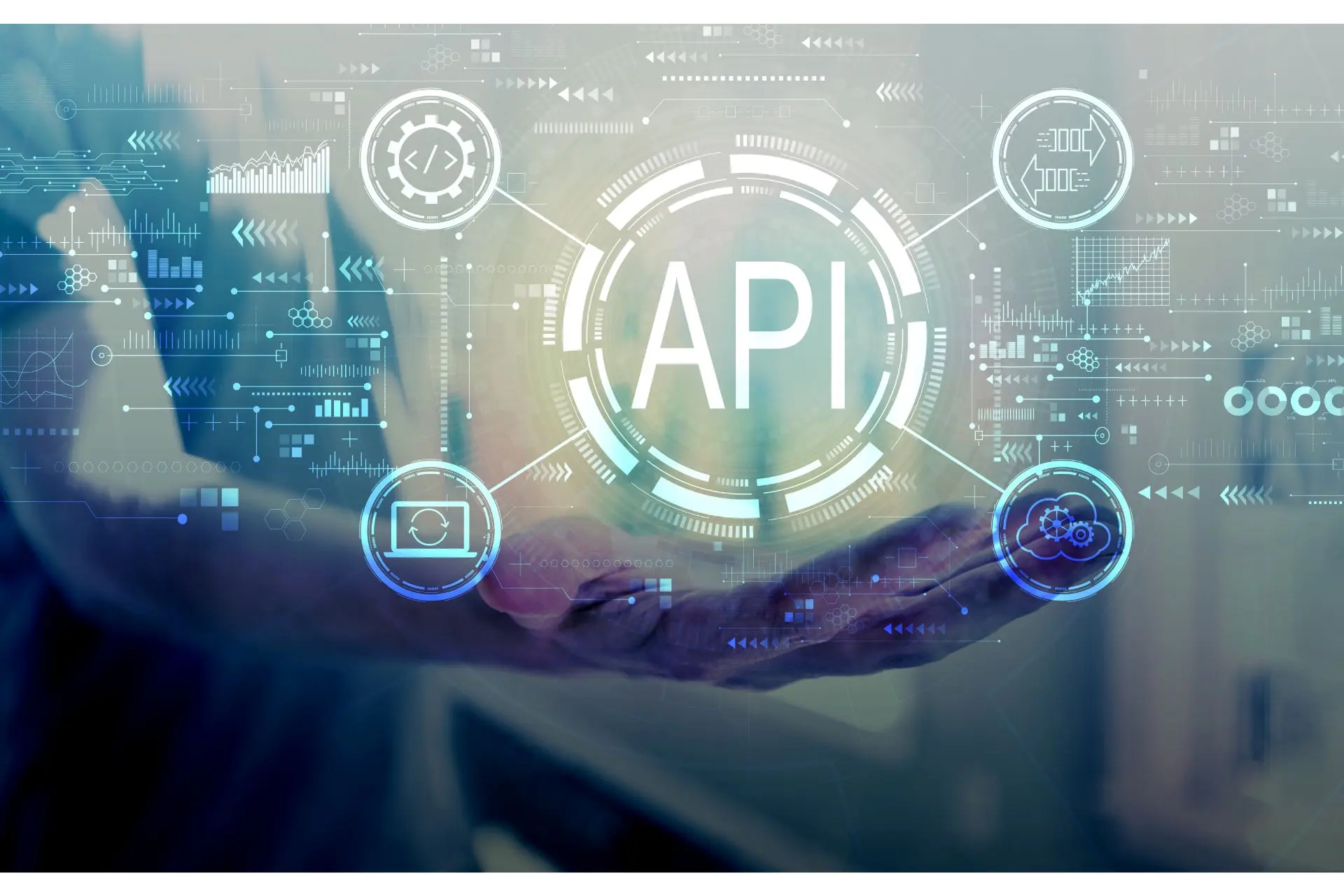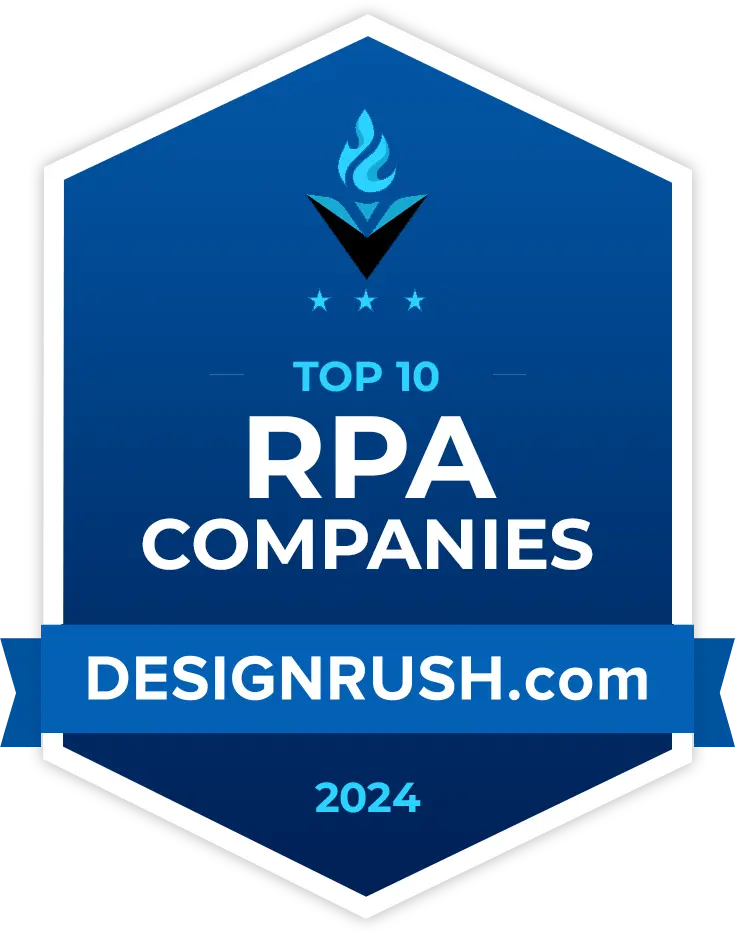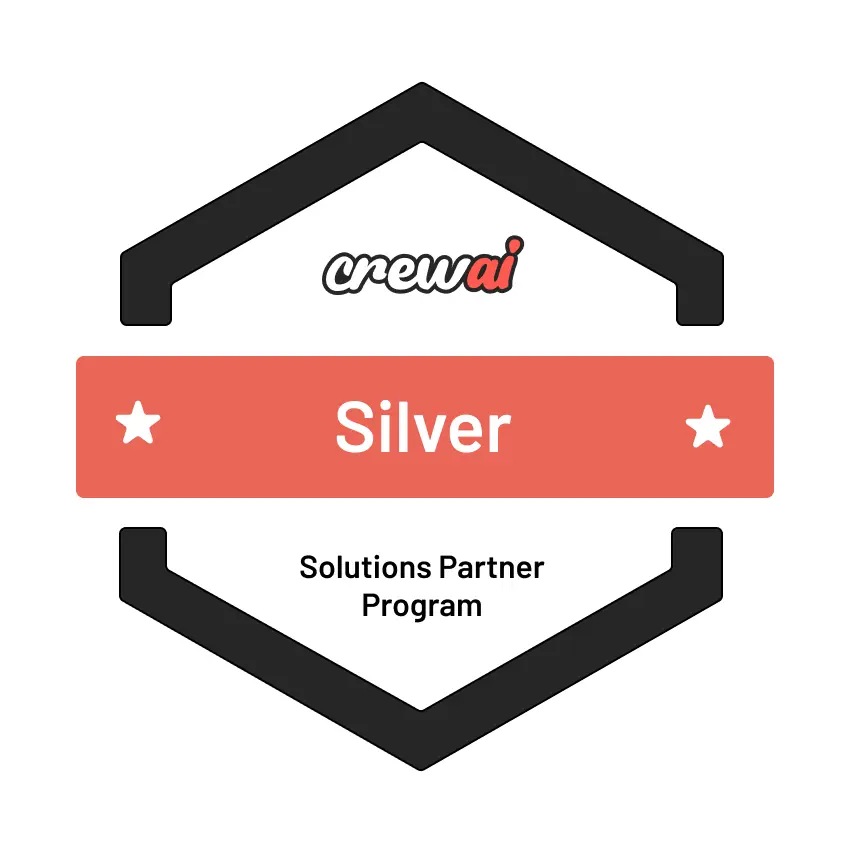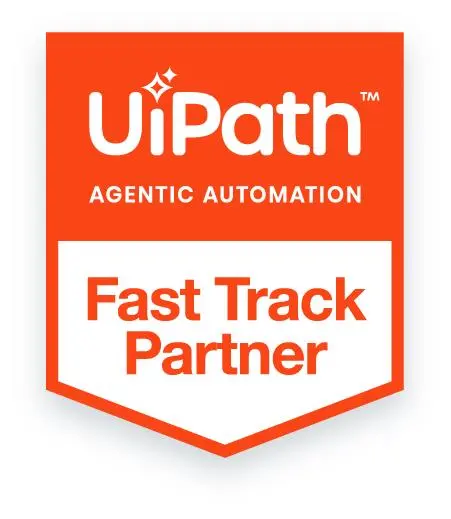
Key Takeaways
- API automation modernizes HL7 and EDI workflows, eliminating the need for manual data entry.
- Business Process Optimization in healthcare relies heavily on real-time, accurate data exchange.
- EMRs become truly interoperable when integrated via secure APIs, rather than using outdated flat files.
- FHIR is the future of HL7—be API-ready now to stay ahead.
- Automating eligibility, claims, and remittance processes accelerates revenue cycles and boosts care quality.
In the digital health ecosystem, interoperability is a huge buzzword. However, seamless data exchange between hospitals, payers, laboratories, and vendors remains a work in progress. Many providers still rely on manual data entry, faxes, or outdated file-based interfaces.
This blog explains how API automation is transforming the integration of HL7 and EDI standards with EMRs, ultimately supporting business process optimization across clinical and administrative workflows.
Also read: HyperAutomation in Healthcare: Reducing Admin Burden with AI.
What Is Business Process Optimization in Healthcare?
Business Process Optimization (BPO) in healthcare involves enhancing existing workflows—such as patient registration, billing, referrals, and medical record sharing—to reduce delays, lower costs, and improve patient outcomes.
In the context of healthcare IT, BPO often focuses on:
- Reducing manual data entry
- Streamlining communication between systems
- Minimizing errors and redundancies
- Accelerating claims and reimbursements
API-based automation of HL7 and EDI workflows is a perfect example of how BPO can drive tangible improvements.
Understanding HL7 and EDI Standards
What Is HL7?
Health Level 7 (HL7) is a set of international standards for sharing clinical and administrative data between healthcare providers. Common HL7 message types include:
- ADT (Admission, Discharge, Transfer)
- ORU (Observation Result)
- SIU (Scheduling Information Unsolicited)
- MDM (Medical Document Management)
What Is EDI?
Electronic Data Interchange (EDI) is the standard for transferring healthcare data, especially between providers and payers, for billing, claims, and eligibility purposes. Every day, EDI transactions include:
- EDI 837 (Claim Submission)
- EDI 835 (Payment Remittance)
- EDI 270/271 (Eligibility Inquiry/Response)
Both standards are widely used, but they are often integrated using outdated or disconnected systems.
The Role of Electronic Medical Records (EMRs)
EMRs store critical patient data, including:

- Demographics
- Diagnoses
- Lab results
- Treatment history
- Billing information
An EMR must talk to other systems using HL7 and EDI standards. But without automation, these communications are slow, error-prone, and expensive.
Current Integration Challenges Without Automation
Here are some of the pain points healthcare providers face:
| Challenge | Description |
| Manual Data Entry | Staff copy-paste data between EMR and billing systems |
| Data Mapping Errors | HL7 segments or EDI loops aren’t correctly aligned |
| Siloed Systems | Lab, radiology, pharmacy, and billing systems don’t speak to each other |
| Slow Claim Cycles | EDI data isn’t pushed fast enough from EMR, delaying payments |
| Compliance Gaps | Insecure file transfers or outdated formats can create audit risks |
These issues not only waste time but also impact the quality of patient care and financial performance.
What Is API Automation and Why Does It Matter?
An Application Programming Interface (API) enables different software applications to communicate in real-time. API automation refers to the use of these interfaces to send, receive, and transform data automatically without requiring human intervention.
Why APIs Are Better:
- Faster than traditional file transfers
- Real-time data flow
- Secure via HTTPS and token-based auth
- Scalable and standards-compliant
APIs are especially useful for Business Process Optimization, helping automate everything from patient onboarding to insurance claims.
API Automation for HL7-EMR Integration
Instead of processing HL7 messages through flat files or MLLP interfaces, API-based automation allows systems to:
- Receive HL7 messages via REST endpoints
- Parse and map data into the EMR in real time
- Trigger workflows such as patient registration or order creation
Example:
When a new lab result (ORU^R01) is received, an API:
- Parses the HL7 message
- Extracts patient ID, test result, and timestamp
- Updates the EMR instantly
- Notifies the physician through a UI or mobile alert
This eliminates delays and improves data accuracy.
API Automation for EDI-EMR Integration
Traditionally, EDI transactions are batched and sent via clearinghouses. But with API automation, you can:
- Send 837 claims directly from EMR to the clearinghouse APIs
- Receive 835 payment remittances and auto-match them to invoices.
- Run real-time 270/271 checks before patient visits
Example:
At the time of appointment booking:
- EMR calls an API for EDI 270 (eligibility)
- API sends a request to the payer and gets back EDI 271
- API parses coverage info and updates the patient profile
- Staff are alerted if insurance is inactive
This minimizes claim rejections and ensures a smoother patient experience.
End-to-End Workflow Example: From Patient Intake to Claim Submission
Here’s how API automation connects it all:
| Step | Automation Detail |
| 1. Patient Registers | HL7 ADT message sent via API to EMR |
| 2. Eligibility Check | API sends EDI 270 to the payer, receives 271 |
| 3. Lab Test Ordered | HL7 ORM sent from EMR to lab system |
| 4. Lab Result Returned | HL7 ORU ingested into EMR |
| 5. Claim Generated | EDI 837 auto-constructed and sent via API |
| 6. Remittance Received | EDI 835 matched with the claim and posted to EMR |
All of this happens without manual intervention, saving hours per patient.
Benefits of API Automation in EMR Integration
| Benefit | Description |
| Faster Data Exchange | Real-time data sync between systems |
| Reduced Errors | Eliminates typos, duplication, and missed records |
| Better Cash Flow | Accelerates claim submission and reimbursements |
| Improved Care Quality | Providers get timely, accurate patient data |
| Compliance Ready | APIs support secure data handling (HIPAA, etc.) |
These improvements directly translate to business process optimization, resulting in reduced costs and complexity.
Real-World Use Case
Case: Multi-Specialty Clinic in Texas
Problem:
- Staff manually copied HL7 ORU lab results into EMR
- Claims were delayed due to the slow processing of the 837.
- Remittance data (835) had to be manually reconciled
Solution:
- Integrated HL7 engine with EMR via API
- Connected EDI endpoints from EMR to clearinghouse APIs
- Deployed API scheduler for 270/271 checks
Results:
- Lab result entry time reduced from 6 hours/day to 10 minutes/day
- Claim submission improved by 45%
- Monthly remittance reconciliation has gone down from 3 days to 4 hours
Security & Compliance Considerations
API integration in healthcare must follow strict rules:
- HIPAA Compliance: Encrypt all PHI in transit and at rest
- OAuth2 / JWT Authentication: Secure token exchange
- Audit Logs: Track every API transaction
- Error Handling: Graceful failovers and alerts for missing data
Automation doesn’t mean cutting corners—it means doing things faster, safer, and better.
Future Trends: FHIR and Interoperability
The next evolution of HL7 is FHIR (Fast Healthcare Interoperability Resources), which is API-native and more modular.
Key Differences:
| Feature | HL7 v2 | FHIR |
| Structure | Pipe-delimited | JSON/XML |
| Transport | MLLP | HTTPS |
| Real-Time | No | Yes |
| Dev Friendly | No | Yes |
API automation will become even more potent with FHIR, enabling mobile apps, care coordination tools, and patient portals to directly consume EMR data securely.
How to Get Started?
- Assess Your EMR’s API Capability—Does it support REST, FHIR, or custom endpoints?
- Identify Use Cases for HL7 or EDI – What workflows are still manual or file-based?
- Select an API Automation Platform – Use tools like Mirth Connect, Apigee, Azure API Gateway, or Boomi.
- Plan Data Mapping & Validation Rules—Ensure HL7/EDI segments are correctly aligned
- Test with Real Data—Always test APIs in sandbox mode before production
- Monitor & Optimize Continuously—Use API monitoring tools to track errors, latency, and volumes.
Final Thoughts
The healthcare ecosystem is complex, but that doesn’t mean it has to be chaotic. Integrating HL7 and EDI standards with EMRs using API automation is a practical, scalable approach to business process optimization.
It enables healthcare providers to break down data silos, automate manual tasks, and deliver faster care. The key lies in starting small, testing thoroughly, and scaling intelligently.
With the right automation strategy, you don’t just integrate systems—you transform operations.








